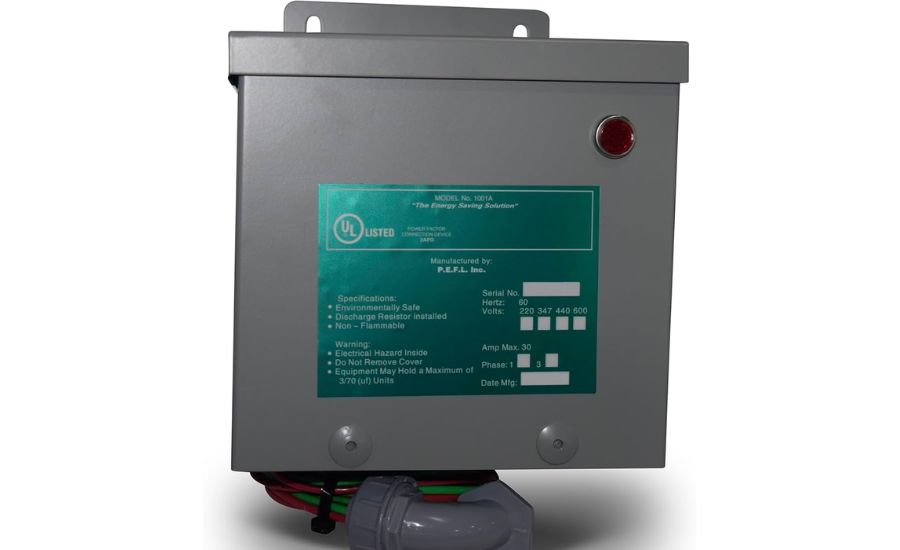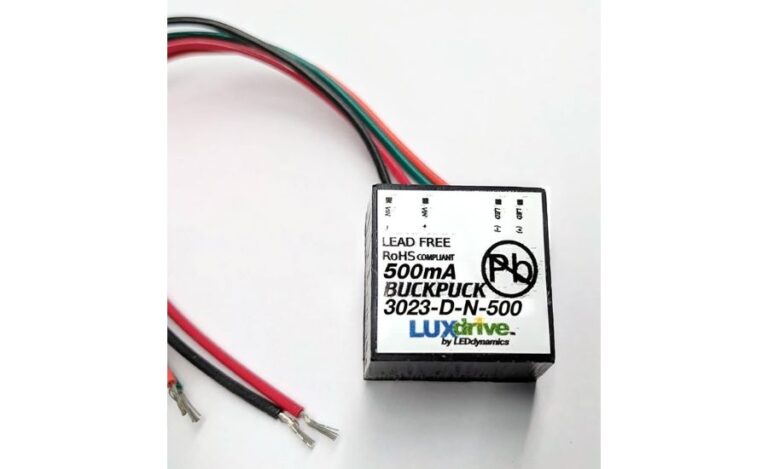Power Factor Correction Kvasaver.com, Synchronous, Works & More
Introduction to Power Factor Correction Kvasaver.com
Power factor correction (PFC) is an essential process for improving the efficiency of electrical systems. In any electrical installation, whether in commercial, industrial, or residential settings, maintaining a good power factor is vital for reducing energy losses, improving the performance of electrical equipment, and lowering electricity bills. This article delves into the importance of power factor correction, its working principles, methods of implementation, and the benefits it offers to various industries and individuals.
What is the Power Factor?
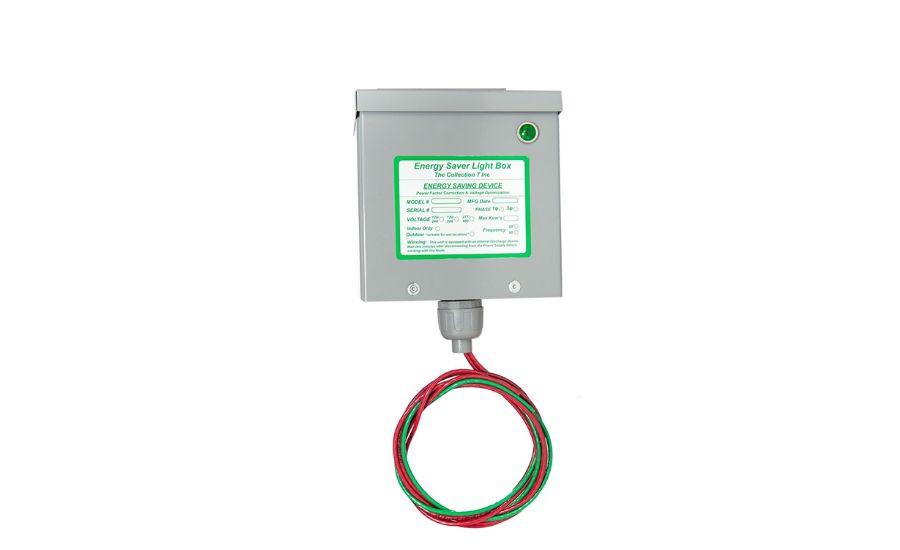
To understand the need for power factor correction, it’s crucial to first understand what power factor (PF) means. Power factor is a measure of how efficiently electrical power is being used. It is the ratio of real power (measured in watts) to apparent power (measured in volt-amperes or VA). Mathematically, it can be expressed as:
PF=RealPowerApparentPowerPF = \frac{Real Power}{Apparent Power}PF=ApparentPowerRealPower
A power factor of 1 or 100% indicates that all the electrical energy supplied is being effectively used, which is ideal. However, most electrical systems have a power factor less than 1, which means some of the power is wasted. A low power factor typically occurs in systems with inductive loads, such as motors and transformers.
The Importance of Power Factor Correction
When the power factor is less than ideal, the system becomes less efficient. This inefficiency can lead to various issues:
- Increased energy losses: Low power factor results in more apparent power being drawn from the electrical grid, leading to higher energy consumption and increased losses in the transmission lines.
- Higher utility bills: Many utility companies charge businesses and homeowners penalties for poor power factor, as they are forced to provide more power than is actually being used.
- Overloaded equipment: Electrical systems that are running with a low power factor can cause equipment such as transformers and generators to be overloaded, reducing their lifespan.
- Voltage instability: Poor power factor can cause voltage drops in the system, leading to potential disruptions in operations and even equipment damage.
Causes of Low Power Factor
The most common causes of low power factor are inductive loads, such as electric motors, transformers, and fluorescent lighting. These devices create a lag between the current and voltage, meaning that the current reaches its peak after the voltage has already reached its peak, which is known as a lagging power factor. In addition to inductive loads, harmonics generated by non-linear loads such as computers and variable speed drives can also distort the power factor.
Power Factor Correction Methods
To mitigate the problems caused by low power factor, various methods can be employed to correct the power factor and optimize the system’s efficiency. These include:
1. Capacitor Banks
One of the most common methods of improving power factor is by installing capacitor banks in the electrical system. Capacitors provide leading reactive power, which helps to counterbalance the lagging reactive power caused by inductive loads. By adding capacitors to the system, you can effectively bring the power factor closer to 1, thus reducing energy losses and improving efficiency.
2. Synchronous Condensers
A synchronous condenser is a device that works similarly to a motor but without a mechanical load. It can be used to adjust the reactive power in a system and help correct the power factor. This solution is often used in larger industrial or utility-scale applications.
3. Active Power Factor Correction (APFC)
Unlike passive systems such as capacitors, active power factor correction (APFC) systems dynamically adjust the power factor by using electronic circuits to generate the required reactive power. APFC systems are more advanced and can adapt to varying load conditions. These systems are typically used in settings where the power factor fluctuates, and automatic correction is necessary to maintain optimal efficiency.
4. Static Var Compensators (SVC)
Static var compensators (SVC) are used in high-power applications, such as industrial facilities and power plants. These devices can quickly and efficiently supply or absorb reactive power to correct the power factor, and they do so without causing significant fluctuations in the system.
5. Power Factor Correction Panels
Another method for achieving power factor correction is the installation of power factor correction panels, which consist of capacitors and automatic controllers. These panels are installed in electrical distribution systems and provide real-time monitoring and automatic adjustment of the power factor, improving system efficiency.
How Power Factor Correction Works
Power factor correction works by adjusting the balance of reactive power in the electrical system. Reactive power is necessary for generating magnetic fields in devices like motors and transformers, but it doesn’t perform any useful work. The goal of power factor correction is to reduce the amount of reactive power and increase the amount of real power being used in the system. This is achieved by installing corrective equipment, such as capacitors or APFC systems, which help to supply or absorb the required reactive power.
For example, when an inductive load like a motor is operating, the power factor is typically low. By installing a capacitor in parallel with the load, the capacitor will supply leading reactive power that balances out the lagging reactive power of the motor. This improves the overall power factor of the system, resulting in lower energy losses, fewer penalties from utilities, and reduced strain on equipment.
Benefits of Power Factor Correction
There are several significant benefits to implementing power factor correction in electrical systems. Some of these include:
1. Reduced Energy Costs
One of the primary advantages of power factor correction is the reduction in electricity bills. By improving the power factor, you reduce the demand for apparent power, which decreases the total energy consumption. This leads to lower charges from the utility company, as most utilities penalize customers for low power factor by charging higher rates for the extra apparent power.
2. Enhanced System Capacity
When the power factor is corrected, the capacity of the electrical system increases. This is because less apparent power is needed to supply the same amount of real power, which allows the system to carry additional loads without overloading the equipment. This is particularly beneficial for businesses that expect to expand their operations in the future.
3. Improved Voltage Stability
Power factor correction can help maintain voltage levels in the electrical system, ensuring that equipment operates at its optimal performance. Stable voltage reduces the risk of voltage drops, equipment malfunctions, and production downtime.
4. Extended Equipment Life
By reducing the strain on electrical components like transformers, motors, and cables, power factor correction helps extend the lifespan of the equipment. This leads to fewer maintenance costs and fewer instances of equipment failure.
5. Reduced Transmission Losses
Improving the power factor can also help reduce transmission losses in the electrical system. When the power factor is poor, more current is required to supply the same amount of real power, which leads to higher losses in the transmission lines. Correcting the power factor helps reduce these losses, improving overall energy efficiency.
Power Factor Correction in Different Sectors
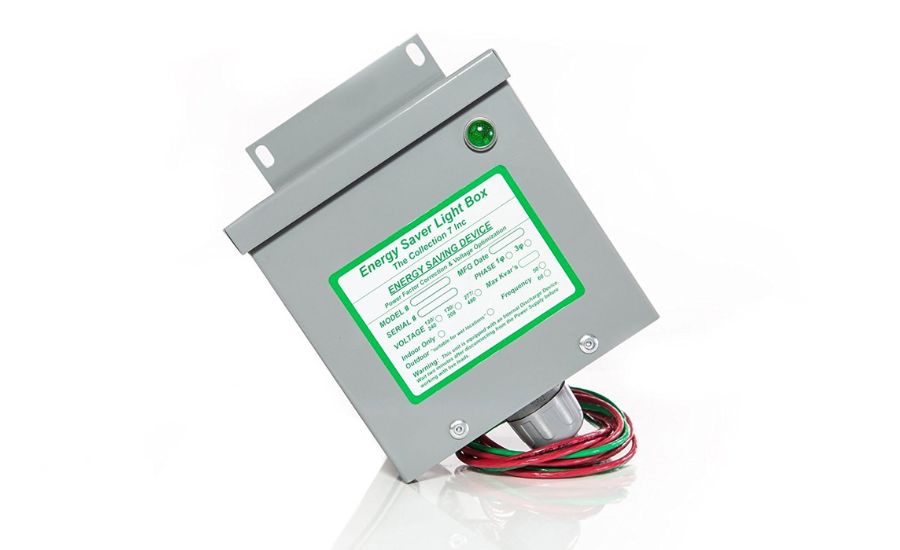
1. Industrial Applications
Industries that rely on heavy machinery and motors, such as manufacturing plants, are particularly affected by poor power factor. For example, in a factory with numerous electric motors driving machines, the inductive nature of the motors can significantly reduce the power factor. By installing power factor correction equipment such as capacitor banks or APFC systems, industries can lower their electricity costs, increase system capacity, and improve operational efficiency.
2. Commercial Buildings
Power factor correction is also beneficial for commercial buildings, especially those with lighting systems, elevators, air conditioning, and other inductive loads. By improving the power factor, businesses can lower their utility bills, enhance system stability, and reduce the need for costly infrastructure upgrades.
3. Utilities and Power Plants
For utilities and power plants, power factor correction is crucial to maintaining grid stability and ensuring that power is distributed efficiently. Many power plants install synchronous condensers or static var compensators to correct the power factor and ensure that the grid remains balanced, preventing disruptions and reducing energy losses.
Challenges in Power Factor Correction
Despite its benefits, power factor correction is not without challenges. Some of the key issues include:
- Over-Correction: Over-correction can lead to problems such as overvoltage and resonance in the system, which can damage equipment. It is essential to carefully design power factor correction systems to avoid overcompensating.
- Harmonics: Power factor correction systems need to be designed to filter out harmonics, which can distort the power factor and affect system stability.
- Cost of Installation: The initial cost of installing power factor correction equipment can be significant, especially for large industrial applications. However, the long-term savings from reduced energy costs often outweigh the initial investment.
Power factor correction is a crucial aspect of electrical systems, offering numerous benefits such as improved efficiency, reduced energy costs, and extended equipment life. By understanding the principles behind power factor correction and implementing the appropriate solutions, businesses, industries, and utilities can significantly enhance their operations. Whether through capacitors, APFC systems, or synchronous condensers, improving the power factor of your system will lead to better overall performance and lower operational costs.
Power Factor Correction: Understanding and Improving Electrical Efficiency
- Brief explanation of the importance of electrical efficiency in modern industries and households.
- The role of power factor correction in improving the overall performance of electrical systems.
- Definition of power factor (PF) and the difference between apparent power (VA), real power (W), and reactive power (VAR).
- Mathematical explanation of power factor: Power Factor = Real Power / Apparent Power.
- Discussion of the ideal power factor (1 or 100%) and the effects of low power factor.
Causes of Low Power Factor
- Inductive Loads: Explanation of inductive loads such as motors, transformers, and lighting systems, which contribute to a low power factor.
- Capacitive Loads: Brief mention of capacitive loads that can lead to a negative impact on power factor.
- Harmonics: Discussion of the role harmonics play in distorting the power factor, especially in systems with electronic devices or variable speed drives.
The Impact of Low Power Factor
- Increased Power Losses: Explanation of how low power factor leads to increased losses in the electrical distribution system.
- Higher Utility Bills: How low PF results in higher demand charges from utilities and increased operational costs.
- Overloading Equipment: Discussion of the strain placed on generators, transformers, and electrical cables due to the inefficiency caused by low power factor.
- Reduced System Capacity: How low power factor reduces the capacity of the electrical system to carry additional loads, which can be detrimental in peak demand situations.
Power Factor Correction: Principles and Techniques
- Definition of Power Factor Correction (PFC): The process of improving the power factor to achieve greater efficiency and lower electrical costs.
- Capacitors: Explanation of the role of capacitors in improving the power factor by counteracting the inductive effects.
- Synchronous Condensers: Introduction to synchronous condensers and their ability to correct the power factor in large-scale applications.
- Active Power Factor Correction (PFC): How active PFC systems use switching devices to improve the power factor dynamically.
- Static Var Compensators (SVC): Overview of SVC systems and their function in correcting reactive power in industrial settings.
Power Factor Correction Devices and Systems
- Capacitor Banks: Detailed explanation of how capacitor banks are used in both industrial and commercial environments for power factor correction.
- Automatic Power Factor Correction (APFC) Systems: Introduction to APFC systems, their components (such as controllers and capacitors), and their advantages in dynamic environments.
- Power Factor Correction Panels: Explanation of PF correction panels and how they can be used to monitor and correct the power factor in real-time.
Benefits of Power Factor Correction
- Improved Efficiency: The primary benefit of PFC is the improvement in overall electrical efficiency, resulting in less wasted energy.
- Lower Utility Bills: How power factor correction can reduce the penalties imposed by utility companies for low PF.
- Extended Equipment Life: The reduction in strain on electrical components and systems, which can extend their lifespan.
- Better Voltage Regulation: How PFC can help stabilize the voltage in an electrical system.
- Enhanced Capacity for Future Loads: Power factor correction frees up capacity, allowing businesses to add more equipment without the need for costly infrastructure upgrades.
Power Factor Correction in Different Industries
- Manufacturing: The significant role of power factor correction in large-scale manufacturing operations, where motors and other inductive loads are common.
- Commercial Buildings: How power factor correction is crucial for businesses, particularly in high-demand commercial settings such as shopping malls, office buildings, and hospitals.
- Utilities: The importance of PFC in the power generation and distribution industry to ensure the reliability and efficiency of the electrical grid.
Challenges and Considerations in Power Factor Correction
- Over-Correction: How over-correction of power factor can lead to issues such as overvoltage and resonance in the system.
- Harmonics: Addressing the challenges posed by harmonics in power systems and the need for filtering devices.
- System Monitoring: The necessity of continuous monitoring and adjustments to ensure the power factor remains within acceptable limits.
Case Studies and Examples
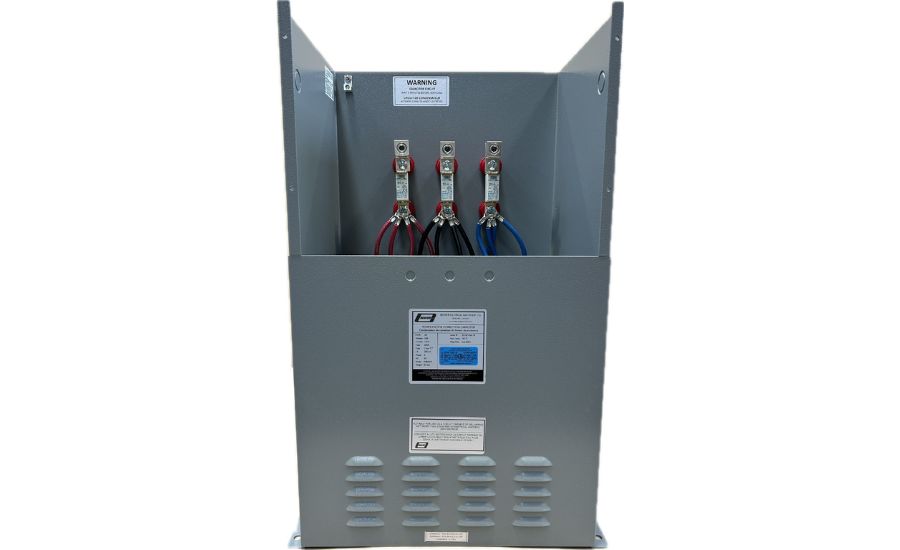
- Industrial Applications: Examples of industries that have successfully implemented power factor correction, including the benefits they experienced.
- Utility Companies: Case studies of utility companies that have invested in PFC technologies to improve grid efficiency and reduce energy losses.
- Cost Analysis: A detailed analysis of the costs associated with installing power factor correction systems, along with the potential savings in energy bills.
- Recap of the importance of power factor correction for electrical efficiency, cost savings, and sustainability.
- A call to action for businesses and industries to prioritize power factor correction as part of their energy management strategy.
Facts About Power Factor Correction
- Improves Overall System Efficiency: Power factor correction not only reduces electricity costs but also improves the overall efficiency of the electrical system.
- Widely Used in Industry: Industries with heavy machinery, such as manufacturing plants, mining operations, and data centers, are some of the largest users of power factor correction technologies.
- Capacitors Are Common: Capacitors are commonly used for power factor correction because they are cost-effective and easy to install.
- Economic Benefits: On average, power factor correction can result in a 5-20% reduction in energy costs, depending on the severity of the power factor issue.
FAQs About Power Factor Correction
1. What is the ideal power factor?
- The ideal power factor is 1, or 100%, which means that all the energy supplied by the electrical system is being used effectively. However, most real-world systems operate at less than perfect power factors due to the nature of loads like motors and transformers.
2. How does power factor correction affect my electricity bill?
- By improving your power factor, you reduce the apparent power your system needs from the grid, which can help lower your electricity bill. In many cases, utilities charge extra for low power factor, and correcting it can eliminate this penalty.
3. Is power factor correction only for industrial applications?
- While it’s true that large-scale industrial applications typically benefit the most from power factor correction, commercial buildings, data centers, and even residential areas can see benefits from improving their power factor.
4. Can the power factor be too high?
- Yes, while a high power factor is typically beneficial, an excessively high power factor can lead to overcompensation, which can cause issues such as voltage rise or system instability. It’s important to balance the power factor correction to match the system’s needs.
5. What devices are used in power factor correction?
- Capacitors: These are the most common devices used for power factor correction in many applications. They provide reactive power to counteract inductive loads.
- Synchronous Condensers: Used in larger applications, these machines are electrically connected to the system and provide reactive power dynamically.
- Automatic Power Factor Correction Panels: These panels automatically adjust the power factor by switching capacitors in and out of the circuit depending on the load.
6. Can power factor correction improve system reliability?
- Yes! Power factor correction can help reduce the total amount of reactive power in the system, which improves voltage stability and overall system reliability.
7. What are the consequences of not correcting power factor?
- If power factor correction is not implemented, businesses may face higher energy costs due to poor energy efficiency and penalties imposed by utility companies. Additionally, equipment such as transformers, motors, and generators may wear out faster, leading to increased maintenance costs.
Conclusion
Power Factor Correction is crucial for enhancing the efficiency and cost-effectiveness of electrical systems. Whether you’re a small business or a large industrial operation, improving your power factor can lead to significant savings, improved system reliability, and compliance with regulations. kvasaver.com offers comprehensive solutions for correcting power factor issues, with expert guidance and top-tier technology designed to meet your specific needs.
As the demand for energy efficiency continues to grow, power factor correction remains an essential strategy for optimizing energy usage and reducing operational costs. With kvasaver.com at your service, you can ensure that your electrical systems are running as efficiently as possible, ultimately contributing to a more sustainable future.
For more Information About Device visit idealrular
